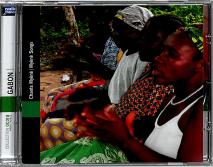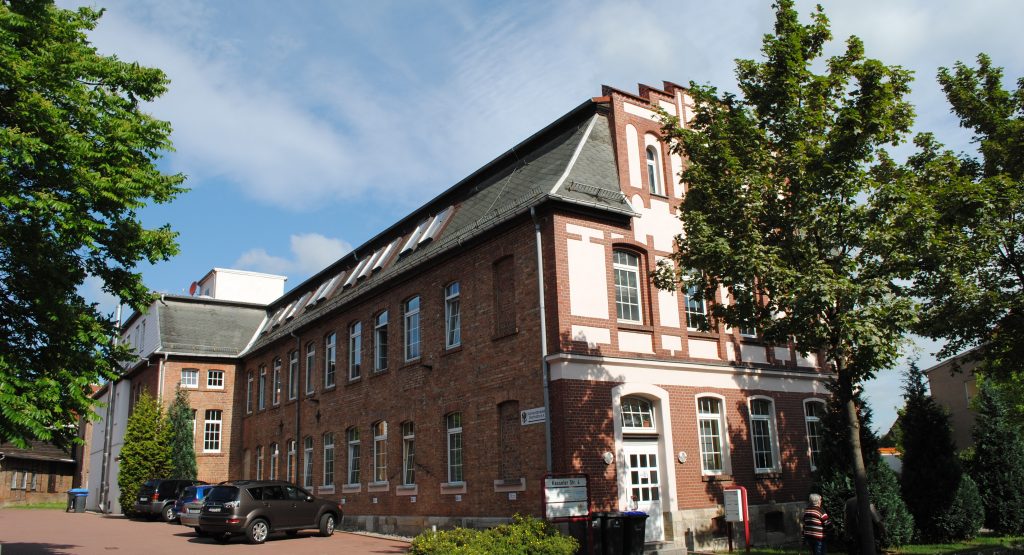From Port-Gentil to Lambaréné
This CD, recorded over a period of fifty years, is a testimony to the richness of Myènè musical heritage - keepers of Ogowe River.
Signatur: M001-M800-D001-A003
Interpret: -
Komponisten: Traditional
Tonträger: CD
Herausgeber: Ocora radio France, Paris (Frankreich)
Veröffentlichung: 2024
Sprache: Französisch, keine Angaben
Spielerdauer: 67' 51''
Anzahl Tonträger: 1
Format: quer 16°
Größe (HxBXT): 12,5 x 14,2 cm x 1,0 cm
ISBN: 794881794423
This CD, recorded over a period of fifty years, is a testimony to the richness of Myènè musical heritage - keepers of Ogowe River.
Signatur: M001-M800-D001-A003
Interpret: -
Komponisten: Traditional
Tonträger: CD
Herausgeber: Ocora radio France, Paris (Frankreich)
Veröffentlichung: 2024
Sprache: Französisch, keine Angaben
Spielerdauer: 67' 51''
Anzahl Tonträger: 1
Format: quer 16°
Größe (HxBXT): 12,5 x 14,2 cm x 1,0 cm
ISBN: 794881794423

Bitte loggen Sie sich ein um dieses Dokument ansehen zu können.
Inhaltsverzeichnis:
ORUNGU: 1. Danse ivanga "Ivanga Gho nganda ya"; 2. Danse ivanga "Ye mame"; 3. Danse ivanga "Yeni we ghy ngondè"; 4. Danse ivanga "Azwè pila gho Mandji"; 5. Chant du cutlte Bwiti Dissumba 1; 6. Chant du culte Bwiti Dissumba 2; 7. Chants du culte des Agombénéro; NKOMI; 8. Apprentissage d'un chant nkomi; 9. Chants du Ndjembe 1; 10. Chants du Ndjembe 2; 11. Chants du Ndjembe 3; 12. Chant du culte Bwiti Dissumba 3; 13. Chant du culte Bwiti Dissumba 4; 14. Chant du culte Bwiti Dissumba 5; 15. Chants de Kondjo 1; 16. Chants de Kondjo 2; 17. Chants de Mbumba 1; 18. Chants de Mbumba 2; GALOA; 19. Danse ekunda; 20. Devinettes; 21. Chant de culte pour les jumeaux; 22. Chant de culte Ologo; 23. Chant du culte Okuyi; 24. Danse "Soulevé"
Kurzbeschreibung:
Traditionelle Tänze und Musik der Bewohner Gabuns (Port-Gentil - Lambaréné): "The Galoa, Nkomi and Orungu have musical practices that are so similar, using much the same tools, that is hard to know which of the three populations were the first to do so. [...] The musical life of the Myènè can be discovered during initiations, wakes and their various phases. In both towns and villages, this population has remained very close to there practises, which is not everywhere the case."
Textpassagen (Auszüge):
"Critical works and writings on the Myèné peoples are unanimous: these populations were continually on the move, changing names several times in the course of history and in permanent contact with other Bantu populations with whom they shared all sorts of social intercource (slaves, commerce, marrigaes, rituals, etc.). These populations are guarded the source of the Ogowe River and its subsequent meanderings: no-one buying or selling could move within the region without paying their respects to one and all. [...]"
ORUNGU: 1. Danse ivanga "Ivanga Gho nganda ya"; 2. Danse ivanga "Ye mame"; 3. Danse ivanga "Yeni we ghy ngondè"; 4. Danse ivanga "Azwè pila gho Mandji"; 5. Chant du cutlte Bwiti Dissumba 1; 6. Chant du culte Bwiti Dissumba 2; 7. Chants du culte des Agombénéro; NKOMI; 8. Apprentissage d'un chant nkomi; 9. Chants du Ndjembe 1; 10. Chants du Ndjembe 2; 11. Chants du Ndjembe 3; 12. Chant du culte Bwiti Dissumba 3; 13. Chant du culte Bwiti Dissumba 4; 14. Chant du culte Bwiti Dissumba 5; 15. Chants de Kondjo 1; 16. Chants de Kondjo 2; 17. Chants de Mbumba 1; 18. Chants de Mbumba 2; GALOA; 19. Danse ekunda; 20. Devinettes; 21. Chant de culte pour les jumeaux; 22. Chant de culte Ologo; 23. Chant du culte Okuyi; 24. Danse "Soulevé"
Kurzbeschreibung:
Traditionelle Tänze und Musik der Bewohner Gabuns (Port-Gentil - Lambaréné): "The Galoa, Nkomi and Orungu have musical practices that are so similar, using much the same tools, that is hard to know which of the three populations were the first to do so. [...] The musical life of the Myènè can be discovered during initiations, wakes and their various phases. In both towns and villages, this population has remained very close to there practises, which is not everywhere the case."
Textpassagen (Auszüge):
"Critical works and writings on the Myèné peoples are unanimous: these populations were continually on the move, changing names several times in the course of history and in permanent contact with other Bantu populations with whom they shared all sorts of social intercource (slaves, commerce, marrigaes, rituals, etc.). These populations are guarded the source of the Ogowe River and its subsequent meanderings: no-one buying or selling could move within the region without paying their respects to one and all. [...]"
